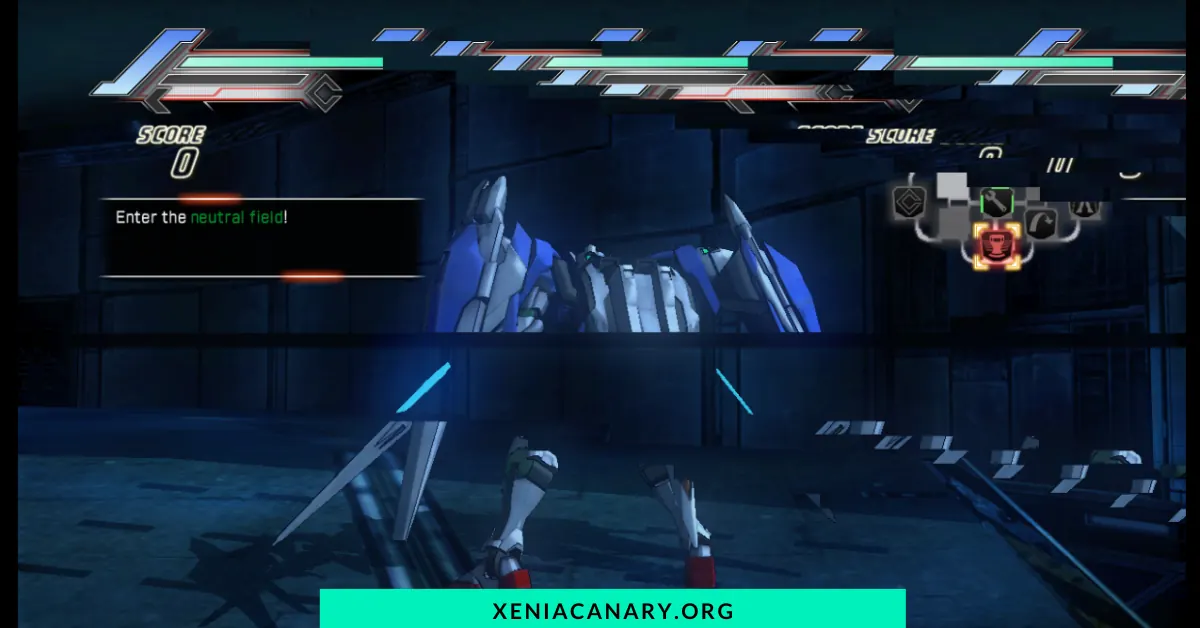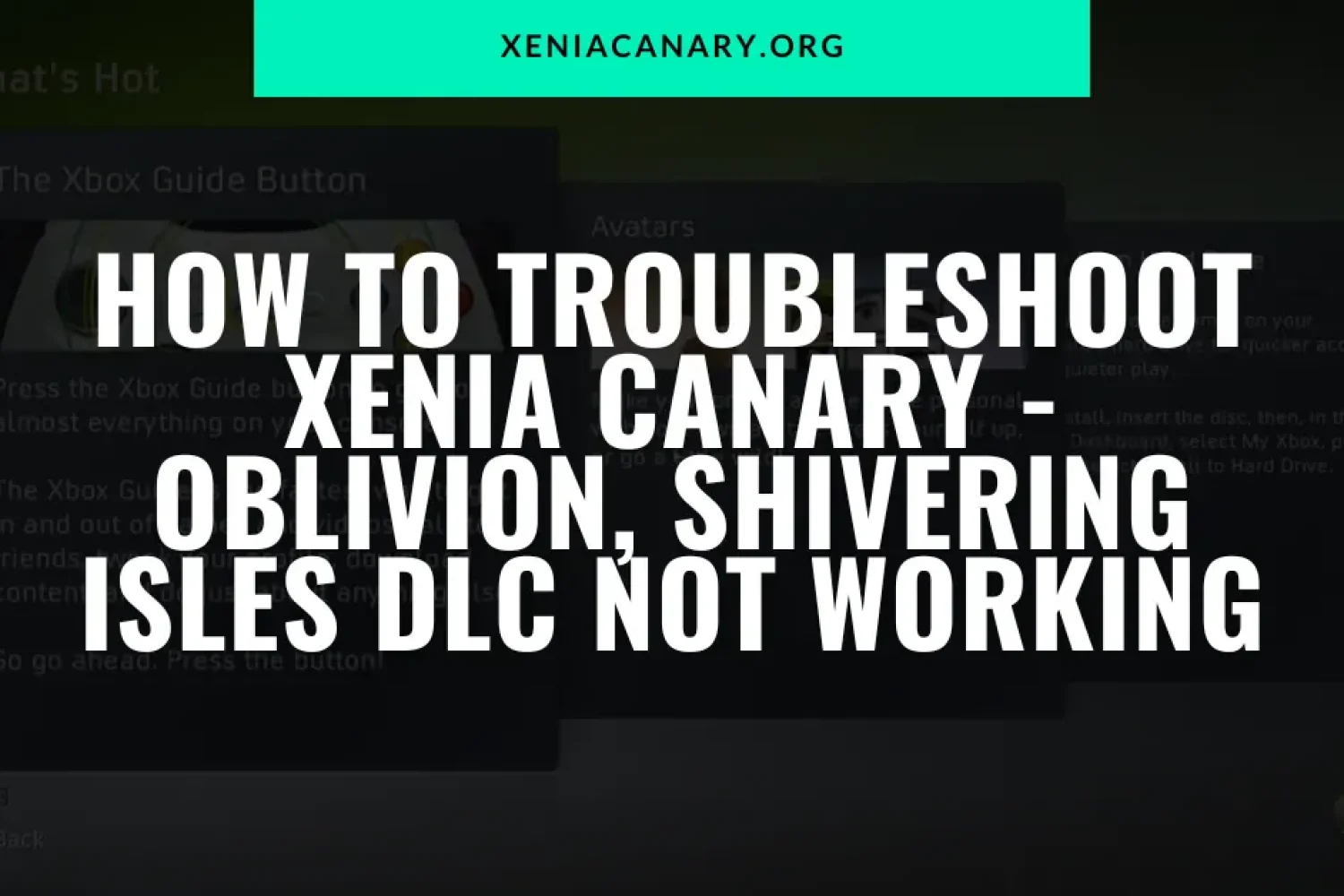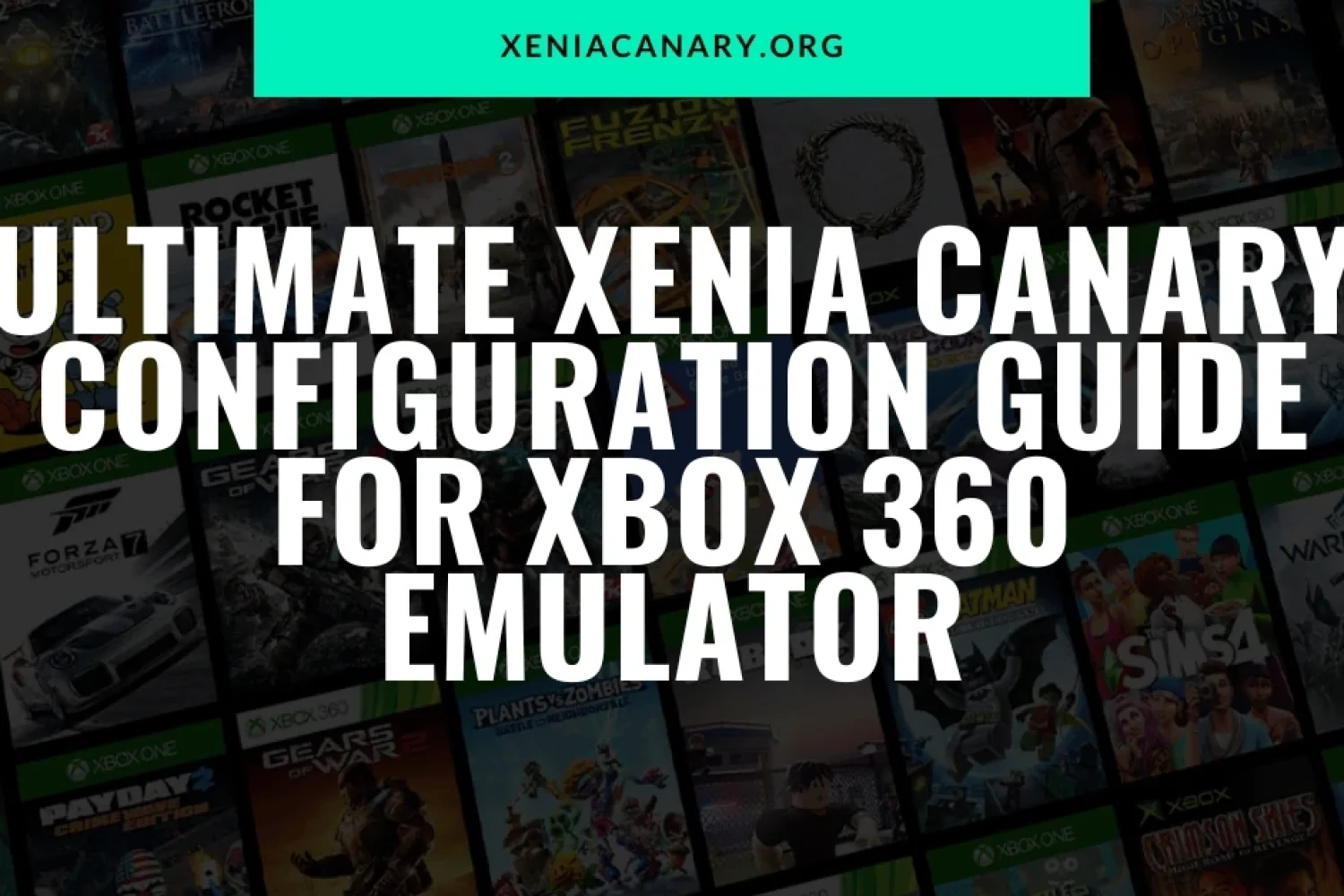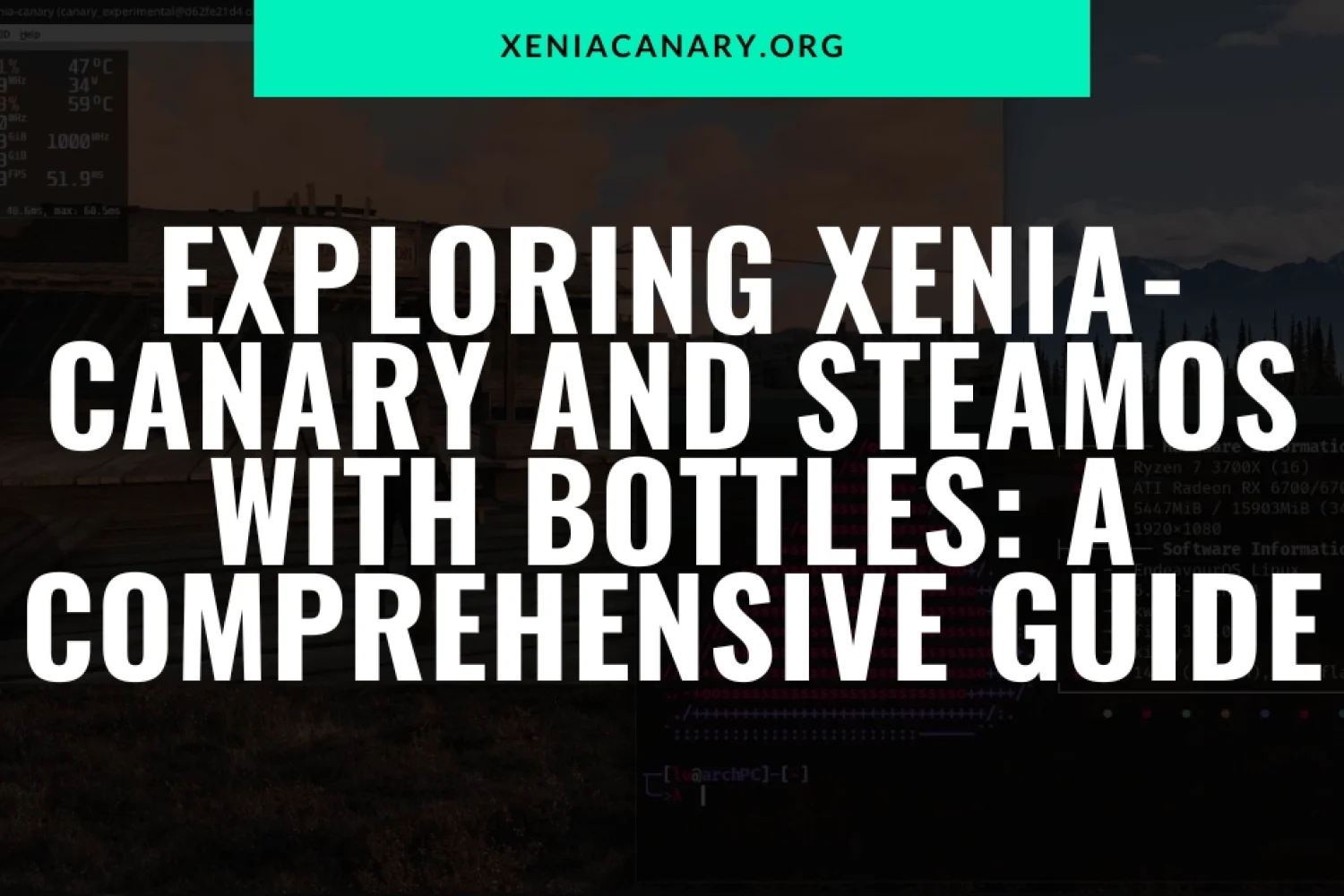Introduction
Troubleshoot Xenia Canary Are you a fan of the classic RPG game, The Elder Scrolls IV: Oblivion, and its expansion, Shivering Isles? If so, you might have encountered the frustrating issue of the game’s Oblivion DLC not working with Xenia Canary, a popular emulator for Xbox 360 games.
This problem can prevent you from exploring the fascinating world of the Shivering Isles and experiencing its unique storyline.
But fear not fellow gamers! In this article, we’ll explore how to troubleshoot Xenia Canary’s Shivering Isles DLC not working and provide you with a comprehensive guide to Troubleshoot Xenia Canary the issue.
From verifying file structures to seeking community support, we’ve got you covered. So, let’s get started and get you back to your epic Oblivion adventure!

What is Xenia Canary Emulator and OblivionDLC Compatibility?
To tackle the issue of the Shivering Isles DLC not functioning as intended within Xenia Canary, it’s crucial to grasp the intricacies of this popular Xbox 360 emulator and its compatibility with Oblivion.
- Xenia Canary, known for its ability to run Xbox 360 games on PC, relies on accurate emulation of the console’s hardware and software to deliver a seamless gaming experience.
- When integrating DLC-like Shivering Isles into the mix, compatibility issues can arise, leading to gameplay disruptions.
Common Issues with Shivering Isles DLC in Xenia Canary
Before delving into troubleshooting Xenia Canary solutions, it’s essential to identify the common issues that users may encounter when attempting to run the Shivering Isles DLC in Xenia Canary.
These issues can range from graphical glitches and game crashes to audio malfunctions and installation errors.
Understanding these challenges is the first step towards effectively resolving them and restoring the full functionality of the DLC within the emulator.
1. Graphical Glitches and Game Crashes
One of the most prevalent issues reported by users attempting to run the Shivering Isles DLC in Xenia Canary is the occurrence of graphical glitches and game crashes.
- These disruptions can significantly impact gameplay immersion and hinder progress within the expansion’s storyline.
- Addressing these issues requires a combination of Troubleshoot Xenia Canary techniques, including adjusting graphical settings, verifying file integrity, and ensuring the emulator is running the latest updates, all while ensuring compatibility with the Xenia Canary game list.
2. Audio Malfunctions and Installation Errors
In addition to graphical glitches and game crashes, users may also encounter audio malfunctions and installation errors when attempting to access the Shivering Isles DLC through Xenia Canary.
- These issues can manifest as distorted sound effects, missing audio cues, or difficulties in installing the DLC files correctly.
- Resolving these challenges involves verifying the integrity of game files, updating audio drivers, and ensuring that the DLC is correctly installed within the emulator’s file structure Call of Duty: Black Ops emulation.
3. Seeking Community Support and Advanced Troubleshoot Xenia Canary
When traditional Troubleshoot Xenia Canary methods prove insufficient in resolving the Shivering Isles DLC issue in Xenia Canary, seeking community support can provide valuable insights and solutions.
- Engaging with the Xenia community through forums, Discord channels, or online communities dedicated to emulation can offer access to experienced users and developers who may have encountered similar challenges.
- Additionally, exploring advanced Troubleshoot Xenia Canary techniques, such as reverting to stable emulator builds, checking for compatibility with specific game editions, and experimenting with different configurations, can help pinpoint the root cause of the problem and implement effective solutions.
Conclusion: Troubleshoot Xenia Canary
In conclusion, troubleshooting Xenia Canary the Shivering Isles DLC not working in Xenia Canary requires a systematic approach that combines technical knowledge, community engagement, and perseverance.
By understanding the nuances of the Xenia Canary emulator, identifying common issues with the Shivering Isles DLC, and exploring advanced Troubleshoot Xenia Canary methods, users can overcome these challenges and enjoy a seamless gaming experience.
Remember, with patience and persistence, even the most stubborn technical issues can be resolved, allowing you to immerse yourself fully in the captivating world of Oblivion’s Shivering Isles expansion.
FAQs
What is Troubleshoot Xenia Canary, and why is it not working with the Shivering Isles DLC in Oblivion?
Xenia Canary is a popular emulator for Xbox 360 games, including Oblivion and its expansion, Shivering Isles. However, compatibility issues can arise between the emulator and the DLC, leading to graphical glitches, game crashes, audio malfunctions, and installation errors.
How can I verify the integrity of my game files in Xenia Canary?
You can verify the integrity of your game files in Xenia Canary by selecting the “Verify Integrity” option within the emulator’s settings. This process will scan your game files for any inconsistencies or errors, allowing you to repair or replace them as necessary.
What is the recommended approach for updating Xenia Canary to the latest version?
To update Xenia Canary to the latest version, visit the official Xenia Canary website and download the latest build. After downloading, install the update and launch the emulator to ensure that it is running the latest version.
How can I adjust graphical settings in Xenia Canary to address graphical glitches and game crashes?
To adjust graphical settings in Xenia Canary, navigate to the emulator’s settings and select the “Graphics” tab. From there, you can adjust various graphical settings, such as resolution, anti-aliasing, and anisotropic filtering, to address graphical glitches and game crashes.
Where can I find the Xenia community for support and advanced troubleshooting Xenia Canary?
The Xenia community can be found on various platforms, including forums, Discord channels, and online communities dedicated to emulation. These communities offer access to experienced users and developers who can provide valuable insights and solutions to Troubleshoot Xenia Canary challenges.
What is the recommended approach for reverting to a stable emulator built in Xenia Canary?
To revert to a stable emulator build in Xenia Canary, visit the official Xenia Canary website and download a previous build known to be stable. After downloading, install the build and launch the emulator to ensure that it is running the stable version.
How can I ensure compatibility with specific game editions when Troubleshoot Xenia Canary the Shivering Isles DLC in Xenia Canary?
To ensure compatibility with specific game editions, research the compatibility requirements for the Shivering Isles and Knights of the Nine expansions, mainly if users with the Game of the Year edition have found workarounds to make them function properly.
What is the recommended approach for checking for conflicts with other software or hardware when troubleshooting Xenia Canary and the Shivering Isles DLC in Xenia Canary?
To check for conflicts with other software or hardware, ensure that no other applications are running while using Xenia Canary, and verify that your computer meets the minimum system requirements for running the emulator and the game.
Latest Post



















